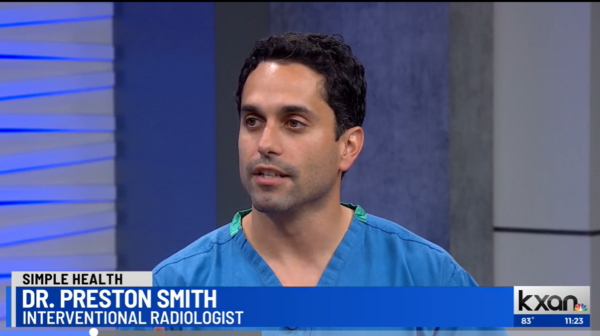What is Adenomyosis
Adenomyosis is a common benign disease of the uterus, where the inner lining of the uterus, called the endometrium, grows in the middle layer of the uterus. It is found in around 20% of women who are premenopausal, and typically affects women over the age of 30. It can cause a variety of symptoms, most commonly heavy and painful menstruation. It can also cause pelvic pain and uterine bleeding outside of a period.
Adenomyosis Diagnosis
Adenomyosis is generally diagnosed during workup for abnormal uterine bleeding, most commonly with an ultrasound. If an ultrasound study is inconclusive, it may be diagnosed on an MRI. It typically appears as thickening of the middle muscular layer of the uterus, either diffuse of focal. It is somewhat difficult to diagnose by biopsy.
Medical Treatment for Adenomyosis
Oral contraceptives or an intrauterine device (IUD) can be used to improve the heavy bleeding and pain during menstruation. If these do not sufficiently control symptoms, a minimally invasive treatment option called uterine artery embolization may be appropriate.
Uterine Artery Embolization
Uterine artery embolization (UAE) is an outpatient procedure performed by an interventional radiologist, where small soft plastic particles are slowly injected into the arteries supplying the uterus. This reduces the blood flow to the adenomyosis, shrinking down or eliminating the abnormal tissue. It is similar to uterine fibroid embolization, with slight technical variation. This option is excellent for women who desire a uterine sparing treatment. It has a clinical success rate of over 80% at achieving excellent symptom relief.
If you have been diagnosed with adenomyosis, and you would like to hear more about uterine artery embolization as an alternative to a hysterectomy, please reach out to us.


